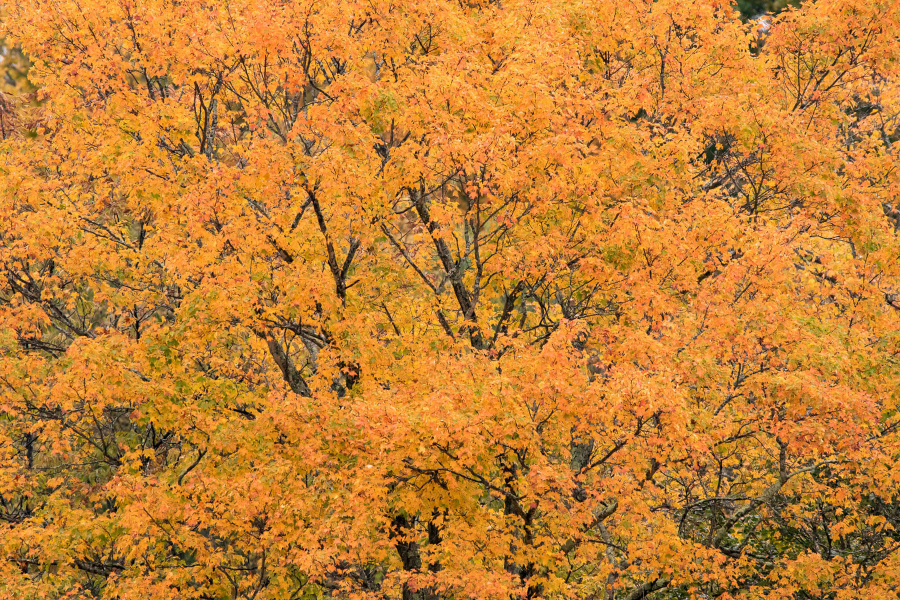Sugar maples face a sticky situation
Rising temperatures can affect the distribution of these native trees

The sugar maple (Acer saccharum) is a native deciduous tree that can be found throughout the eastern United States, as far south as Georgia. It is a hardwood tree often used in furniture and flooring, provides beautiful fall foliage and supports a variety of wildlife. It also produces the sap for maple syrup.
While the sugar maple isn’t the only tree that can be used for making maple syrup, it is the best—its sap contains twice as much sugar as other maple species. The sap is collected by tapping trees and is then concentrated, often by boiling.
According to the U.S. Department of Agriculture’s Plant Guide, one sugar maple tree can produce between one and 15 gallons of sap in a year. It takes about 40 gallons of sugar maple sap to create one gallon of maple syrup.
Late-winter temperatures—warmer days followed by nights below freezing—are crucial to start the flow of the sugar maple’s watery, slightly-sweet sap. As our climate changes and temperatures warm, sap production may be threatened and certain areas may no longer be suitable habitat for tree species like the sugar maple.
Even low-range predictions from the U.S. Forest Service’s Climate Change Atlas suggest habitat for sugar maples will retreat to the northern reaches of the watershed over the next 100 years. Climate-stressed trees left in the area may become more susceptible to threats like pests and disease.
Learn more about how climate change will affect the Chesapeake.

Comments
There are no comments.
Thank you!
Your comment has been received. Before it can be published, the comment will be reviewed by our team to ensure it adheres with our rules of engagement.
Back to recent stories